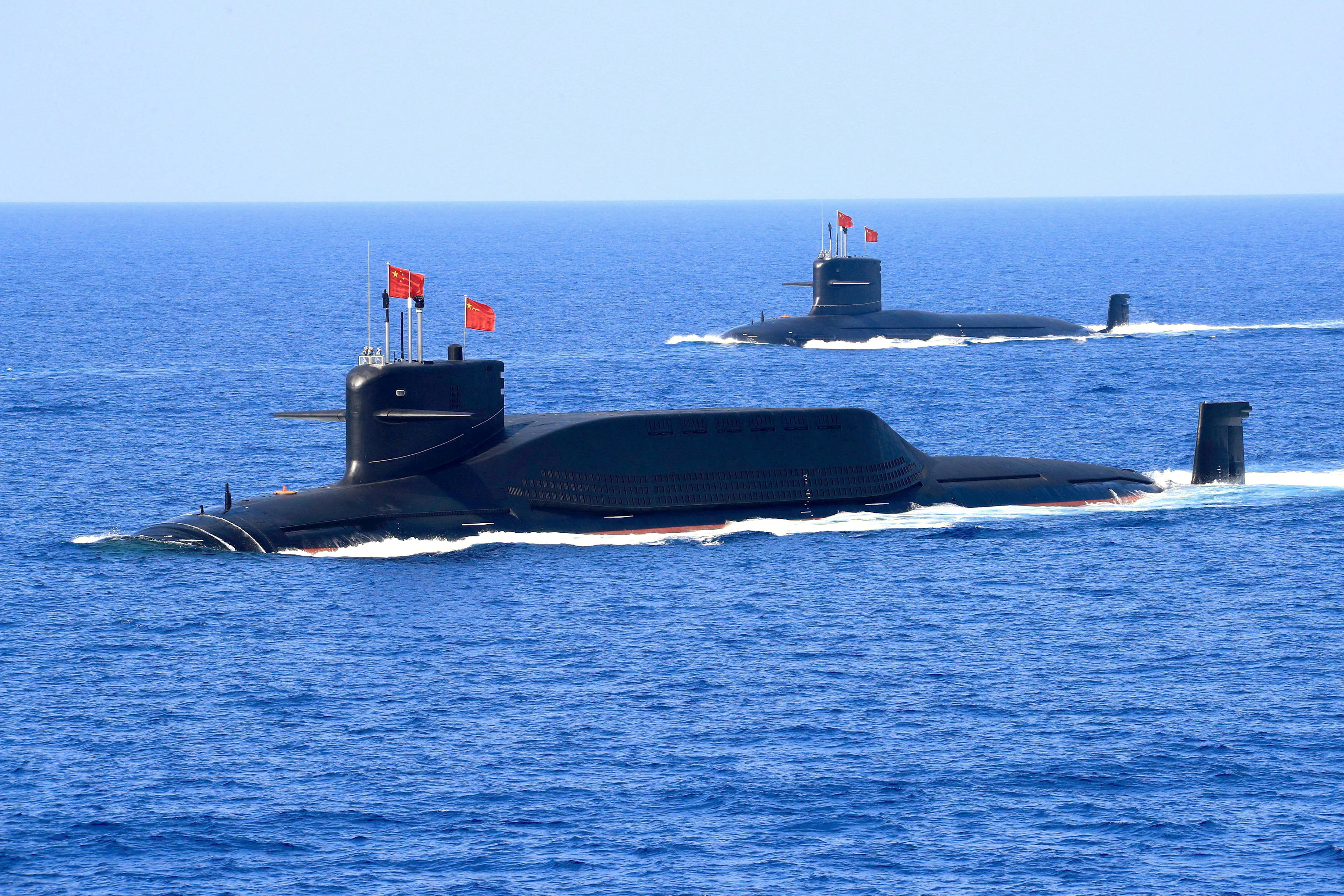SOURCE: AFI


Pakistan’s acquisition of Hangor-class submarines from China has sparked discussion about the country’s evolving naval deterrence strategy. On a recent state-TV program, retired navy officials weighed in on the significance of these new vessels.
Vice Admiral Ahmed Saeed, a retired official, described the Hangor submarines, equipped with air-independent propulsion (AIP), as a “hybrid” element in Pakistan’s deterrence approach. They bridge the gap between conventional diesel-electric submarines and nuclear-powered boats.
This capability, according to Adm. Saeed, offers a form of second-strike potential, but not a guaranteed one. He emphasized the importance of Pakistan gradually building a more assured second-strike capability, ideally through nuclear-powered submarines (SSNs) or ballistic missile submarines (SSBNs).
Currently, Pakistan lacks the domestic expertise and industrial infrastructure to build nuclear submarines independently. However, Adm. Saeed’s remarks hint at past considerations and a possible long-term strategy for acquiring nuclear submarines. This suggests Pakistan might be aiming for a nuclear submarine program sometime in the 2030s or 2040s.
The Hangor submarines represent a significant step for Pakistan’s navy, but discussions surrounding them reveal aspirations for an even more robust future. The possibility of a nuclear submarine program on the horizon underscores Pakistan’s evolving naval ambitions.